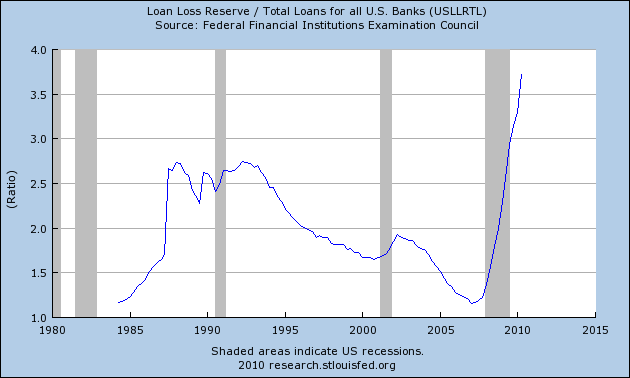

Ms Ibrahim said while they are middle-class working professionals – she is a lawyer and her husband works in consulting - the couple have two daughters Amelia, 5, and Sophia, 9, and have already had to cut back on essentials to account for the rising cost of living. Rate City research director Sally Tindall said this total could drop in coming quarters as the RBA continues to hike official rates and people start to dip into their savings to keep up with their growing monthly repayments. The big positive for most borrowers is they saved money during pandemic lockdowns, with balances in offset accounts lifting from $162 billion in March 2019 to $228 billion in March this year. These interest-only loans are now a small portion of the $2.2 trillion home loan market - valued at $225 billion, which is down from $405 billion in March 2019 (as that was before APRA introduced tighter lending standards). Some people will also be stretched because they already make interest-only repayments rather than any principal off their home loan. And the larger that group of people, the bigger that reverberates through the whole of the economy." "For every percentage point increase in interest rates, that will mean more and more people will experience financial stress. 'People have borrowed to the hilt' and mortgage defaults could riseīut financial counsellors are worried that with more people coming off fixed rates and variable rates heading above 5 per cent, more people will default on their home loans.įinancial Counselling Australia chief executive Fiona Guthrie said "a lot of people have borrowed to the hilt" and she is shocked banks have been letting people borrow six or more times their incomes with very low deposits. NAB said that 70 per cent of its customers were ahead on their mortgage payments but did not indicate default rates. Westpac said more than two thirds of customers were ahead their mortgage repayments and 90-day delinquencies were less than 1 per cent. As of March, there was about $10.5 billion in non-performing loans held by owner occupiers, up from $9.6 billion in March 2019.Īnd mortgagees in possession - people whose homes are repossessed by the bank because they have defaulted on their loan - were valued at around $308 million, down from $705 million in March 2019.ĪBC News also contacted all big four banks – Commonwealth Bank, ANZ, Westpac and National Australia Bank.ĬBA reported that current home loan arrears are at record low levels of less than 1 per cent and one in two borrowers were three months ahead of their repayments. This is slightly up over the quarter, from $8.4 billion in December 2021, but well down from the $14 billion in March 2019.ĪPRA also provides data on non-performing loans - those that are more than 90 days overdue or where the bank thinks they'll take a loss on the loan.

The latest data from the Australian Prudential Regulation Authority (APRA), shows that of $2.2 trillion worth of loans held in March 2022, about $9 billion belonged to borrowers who are 30 to 89 days overdue on their repayments.


 0 kommentar(er)
0 kommentar(er)
